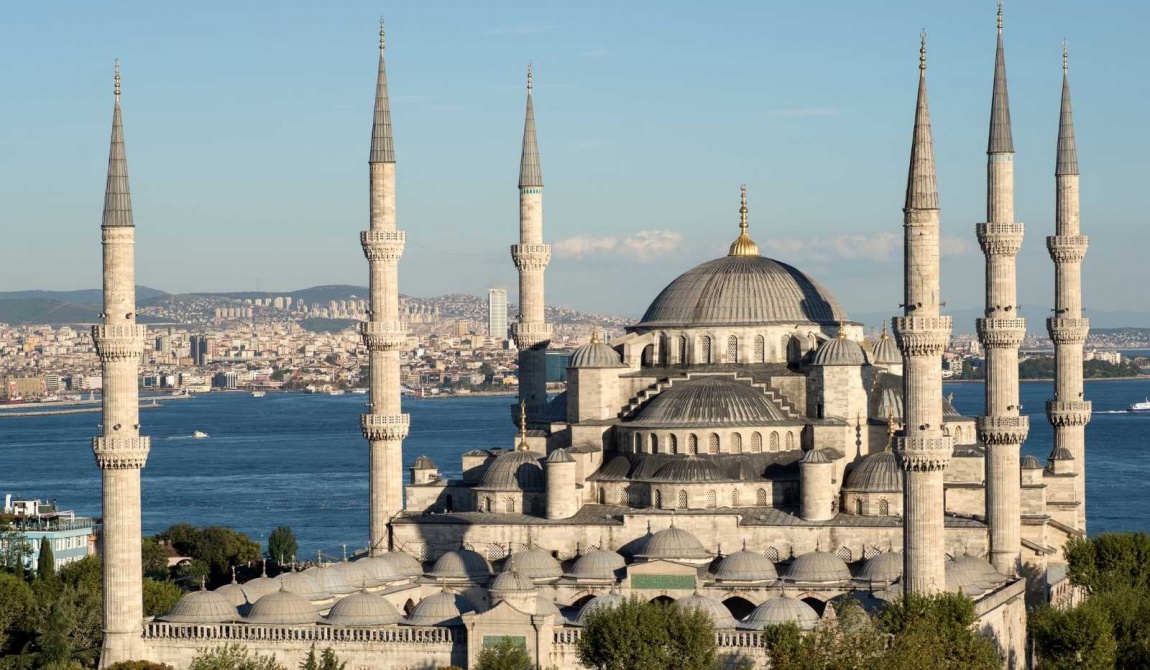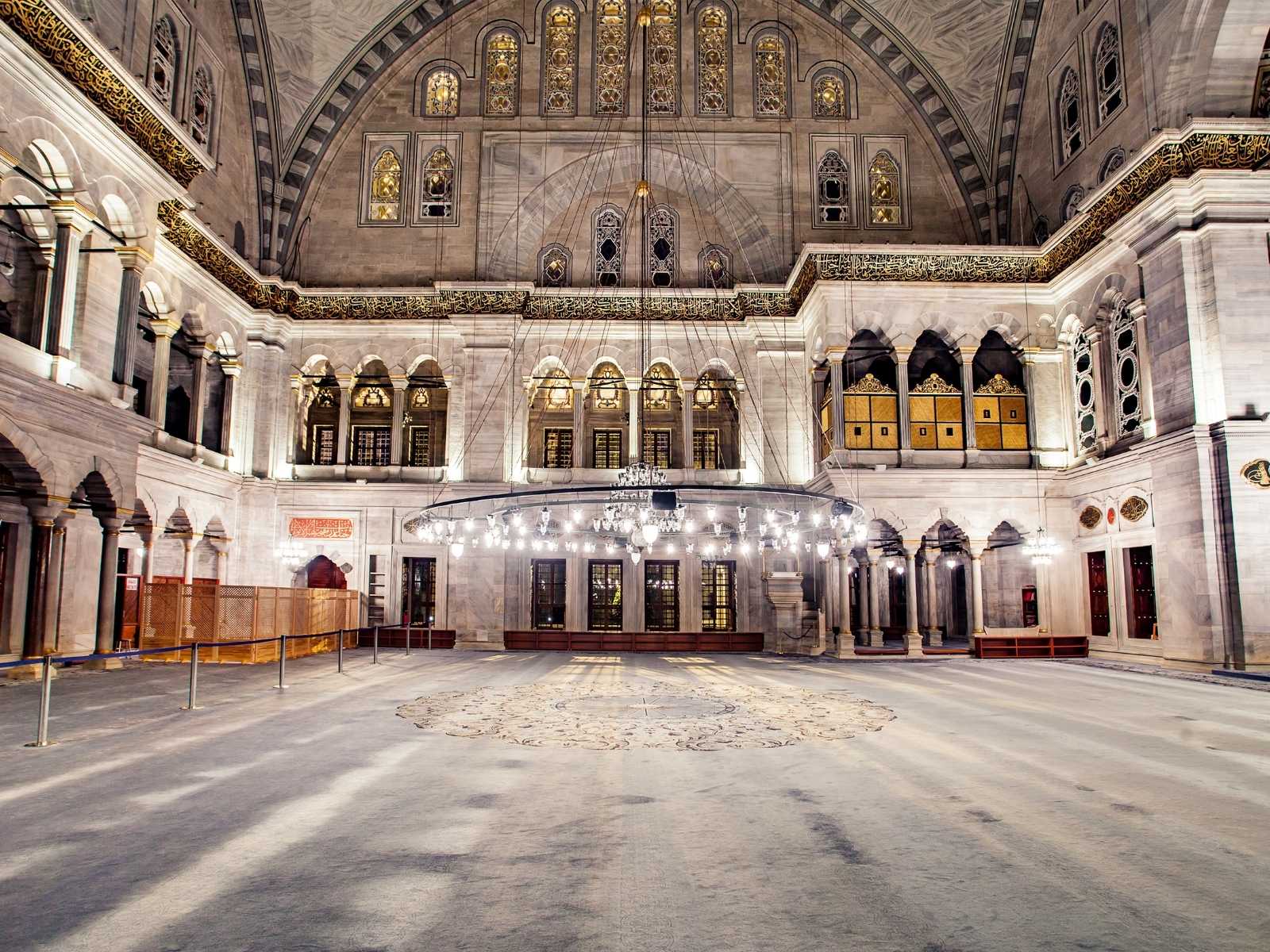 History
HistoryDelving into the History and Architectural Marvel of Sultanahmet Mosque
By SU Magazin / 2023-07-28The rich history of the Sultanahmet Mosque is a compelling tale of architectural magnificence and cultural splendor. Nestled in the heart of an ancient city, the Mosque, though not as well-known as others, represents an era of flourishing artistic expressions and religious reverence. Its inception can be traced back to the late 15th century, during the reign of Sultan Ahmet I. His aspiration to construct a place of worship that could rival the beauty of the Hagia Sophia and the Blue Mosque led to the creation of Sultanahmet Mosque, an architectural masterpiece that has withstood the test of time.
A significant feature of the Sultanahmet Mosque's history is its role as a unifying hub for the local community. Throughout the centuries, it has served as a central gathering place for prayer, socialization, and community discourse. This has imbued the structure with a cultural significance that goes beyond its initial religious intent, making it a cornerstone of the area's identity and social fabric.
Architectural Brilliance and Unique Features
Sultanahmet Mosque's construction embodies a blend of Byzantine and Islamic architecture. The architectural magnificence of the structure is evident in the precision and balance of its design. Its interior is a symphony of intricate mosaics and calligraphic inscriptions, reflecting the craftsmanship of artisans of that era.
One of the defining features of the Mosque is its iconic dome, inspired by the Byzantine design of the nearby Hagia Sophia. However, the Sultanahmet Mosque dome is distinctive for its exaggerated height and the four slender minarets that encircle it. These towering structures, a signature feature of Islamic architecture, are eloquently carved and culminate in beautifully pointed spires, demonstrating a harmonious marriage of architectural styles.
Inside, the Mosque features a large prayer hall, where the Mihrab (prayer niche) and Minbar (pulpit) are carved from a single piece of marble, displaying the unparalleled craftsmanship of the time. Further, the decoration of the Mosque's interior is a masterpiece in itself. It consists of intricate geometrical patterns, floral motifs, and beautiful calligraphy quoting verses from the Quran, making it a stunning spectacle for visitors.

The Sultanahmet Mosque in the Modern Day
In today's context, the Sultanahmet Mosque remains a significant place of worship and a major tourist attraction. The preservation efforts of the local and international community have maintained the structure's original beauty, allowing visitors to experience the timeless charm of this historic monument.
The Mosque serves as a living testament to the past, exhibiting the artistic and religious evolution of the region over centuries. Every year, thousands of worshippers and tourists flock to the Mosque, drawn by its architectural elegance and historical significance.
In conclusion, the Sultanahmet Mosque is more than just an architectural masterpiece; it's a symbol of cultural heritage and historical resilience. This landmark serves as a bridge between the past and present, demonstrating the enduring appeal of architectural beauty and cultural richness. Its distinctive blend of Byzantine and Islamic architecture continues to captivate the hearts of worshippers and history enthusiasts, securing its place as an essential emblem of architectural and cultural legacy.